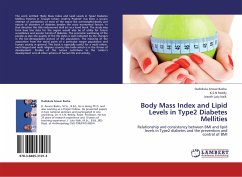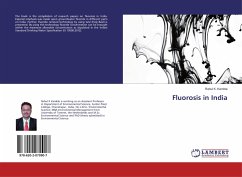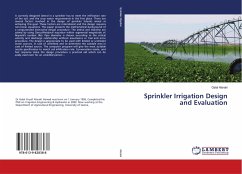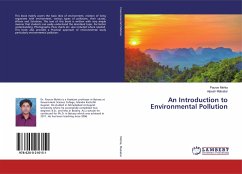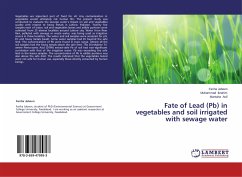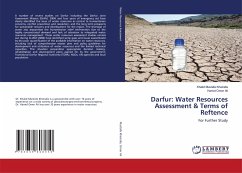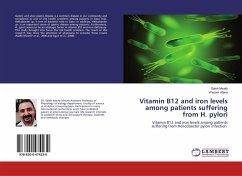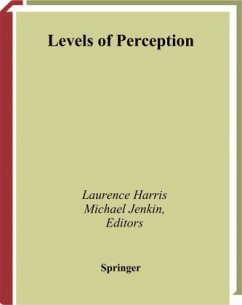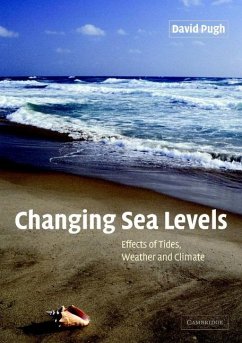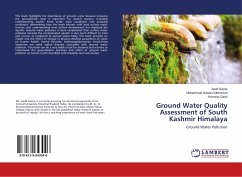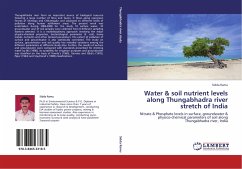
Water & soil nutrient levels along Thungabhadra river stretch of India
Nitrate & Phosphate levels in surface, groundwater & physico-chemical parameters of soil along Thungabhadra river, India
Versandkostenfrei!
Versandfertig in 6-10 Tagen
52,99 €
inkl. MwSt.

PAYBACK Punkte
26 °P sammeln!
Thungabhadra river form an important source of biological resource fostering a large number of flora and fauna. It flows along evergreen forests of Shimoga and Chikamaglur and subjected to different levels of pollution along human settlement areas. The present work was undertaken during 2006-2008 for the study 18 surface water, 33 groundwater and 27 soil samples were collected from 8 different sampling stations selected. It is a multidisciplinary approach involving the major physico-chemical properties, bacteriological parameter (E. coli), heavy metals, nutrients and other derived parameters. ...
Thungabhadra river form an important source of biological resource fostering a large number of flora and fauna. It flows along evergreen forests of Shimoga and Chikamaglur and subjected to different levels of pollution along human settlement areas. The present work was undertaken during 2006-2008 for the study 18 surface water, 33 groundwater and 27 soil samples were collected from 8 different sampling stations selected. It is a multidisciplinary approach involving the major physico-chemical properties, bacteriological parameter (E. coli), heavy metals, nutrients and other derived parameters. The extent of pollution of surface and groundwater is also statistically correlated. The study on surface, groundwater and soil quality has revealed variations among the different parameters at different study sites. Further, the results of surface and groundwater were compared with standards prescribed for drinking water by BIS (1998), its suitability for irrigation purposes and groundwaterwas classified on the basis of Handa s (1965), Garrelss and Gibb s (1970), Piper (1944) and Stuyfzand s (1989) classifications.



